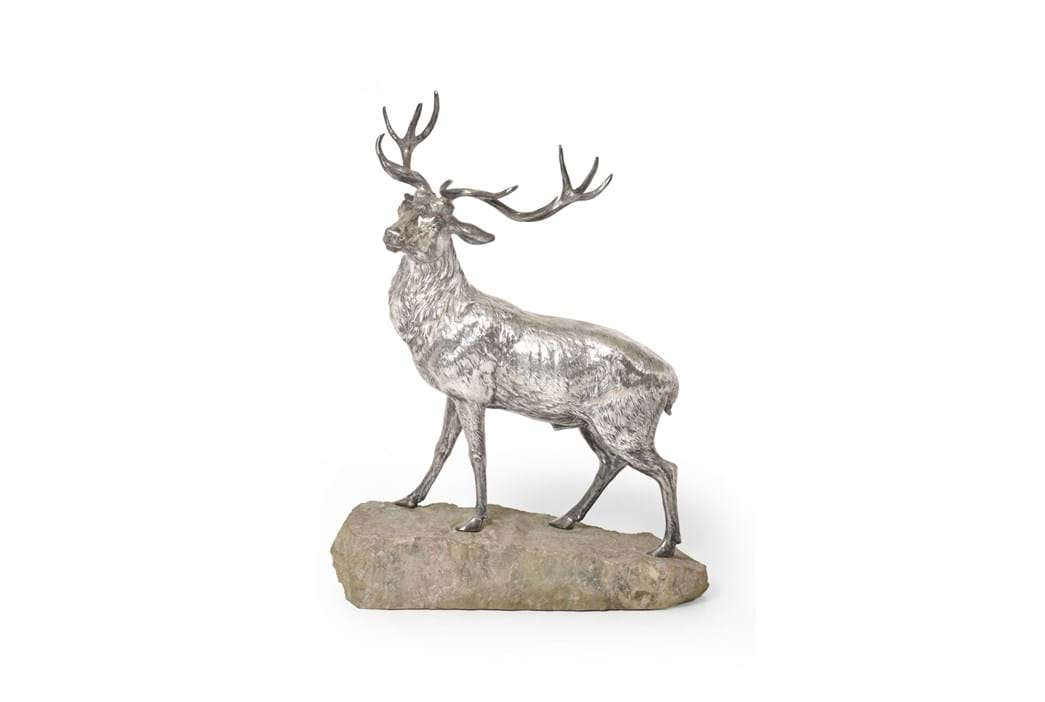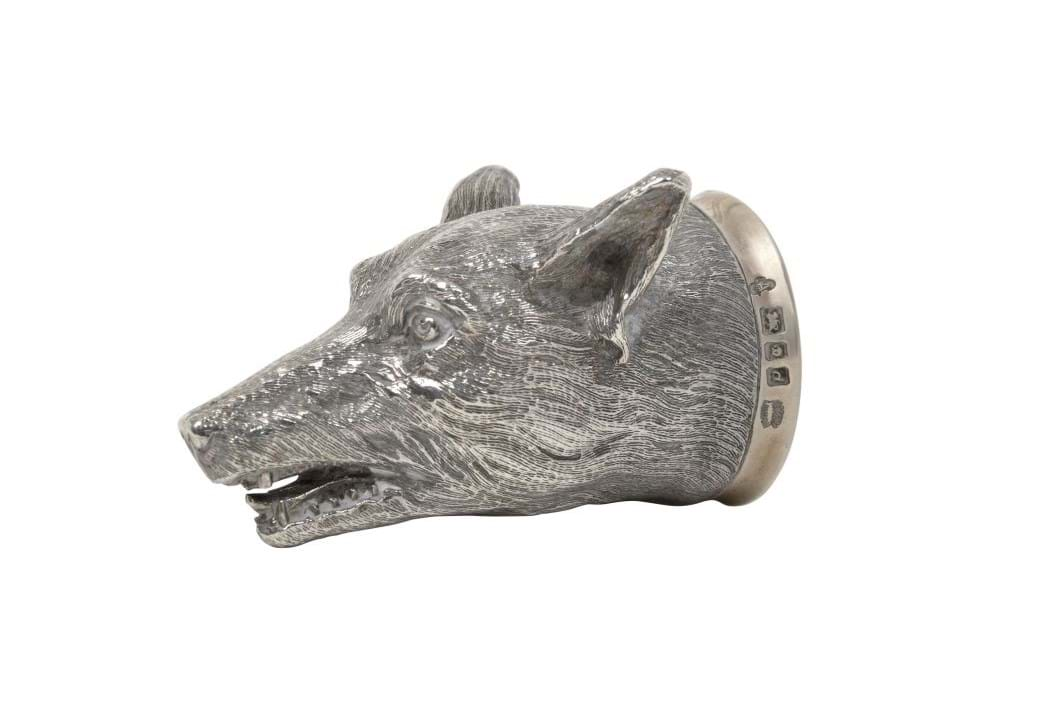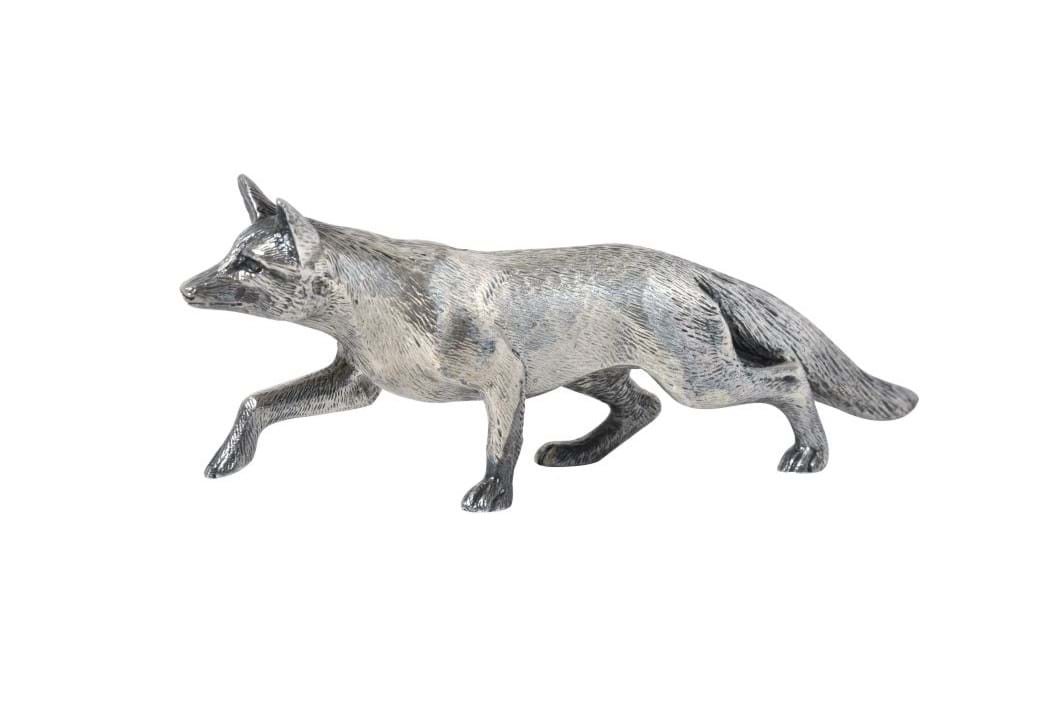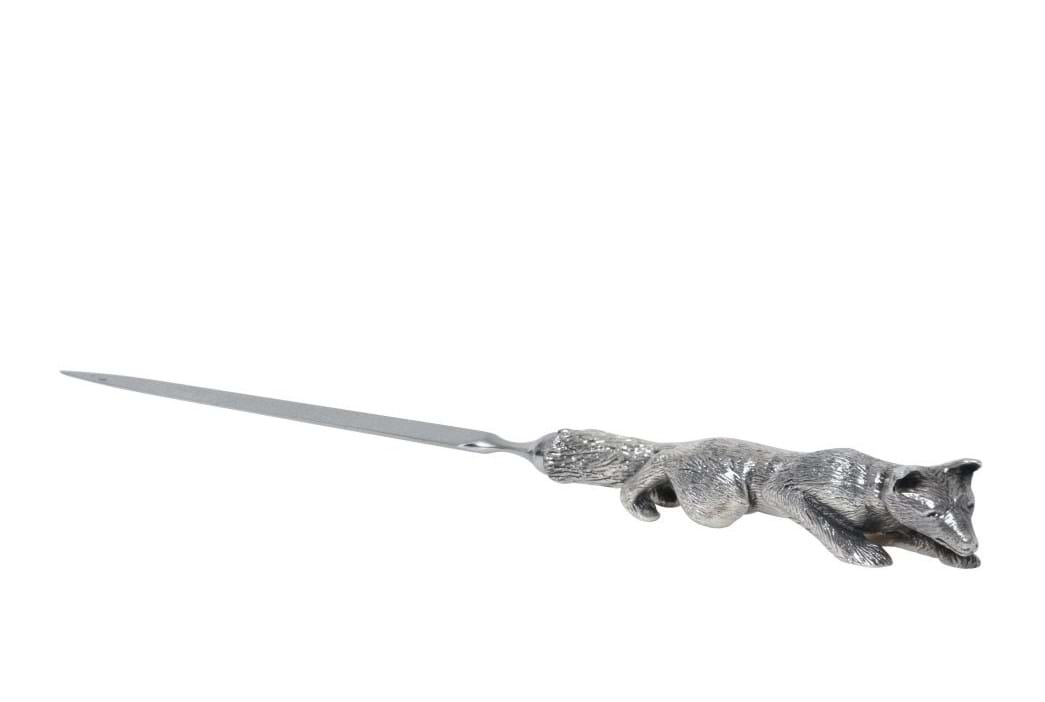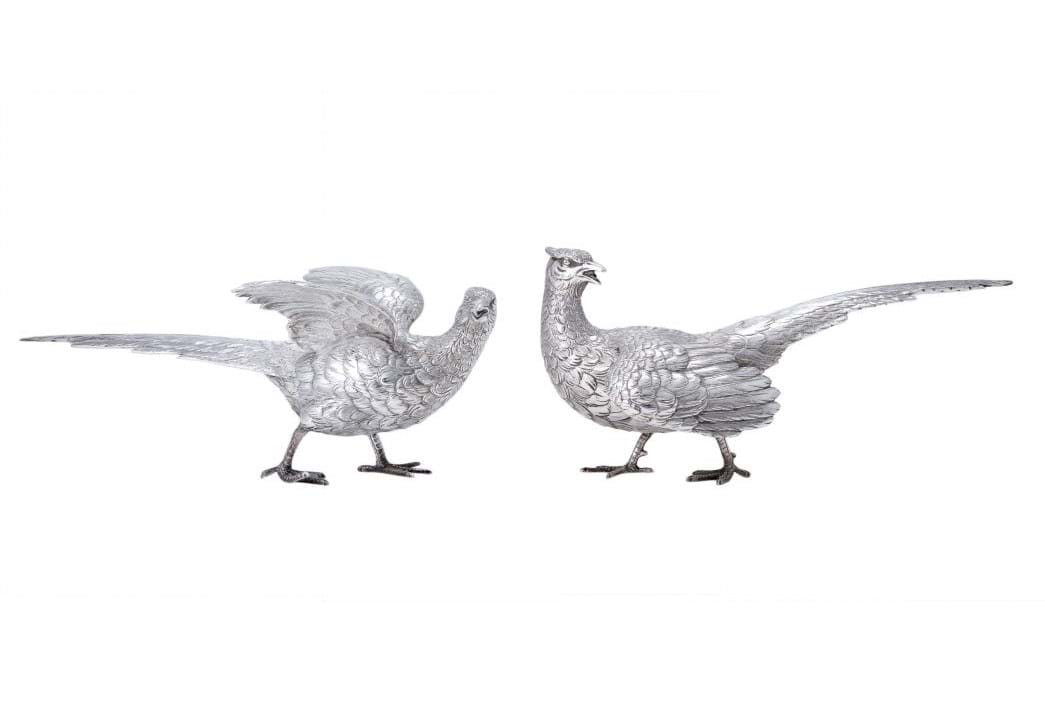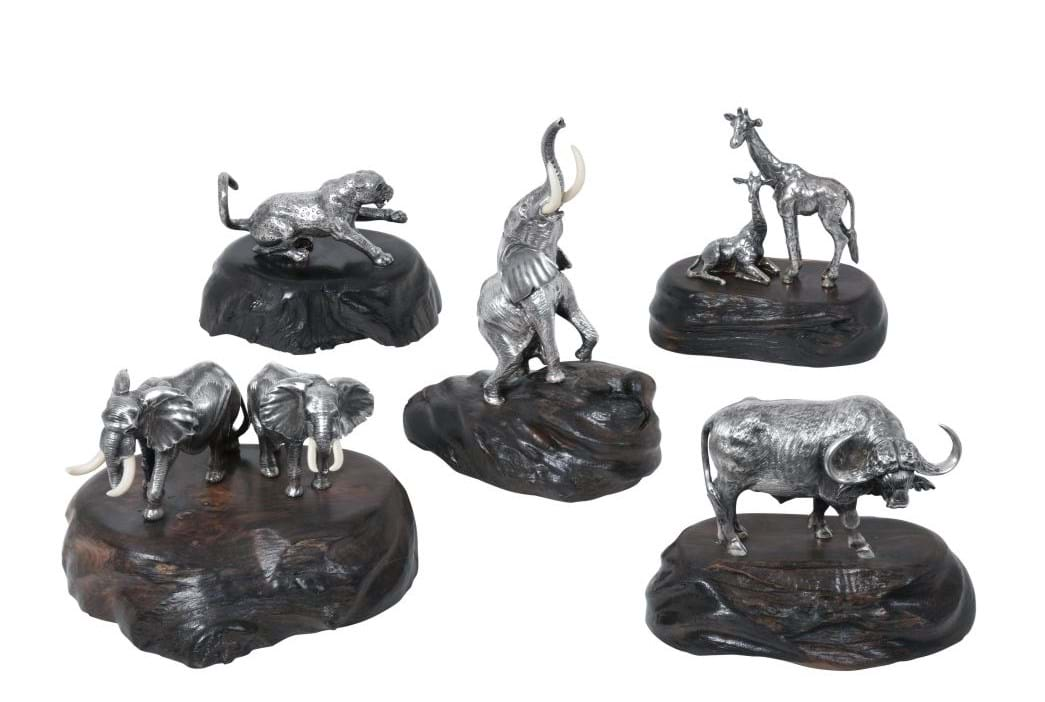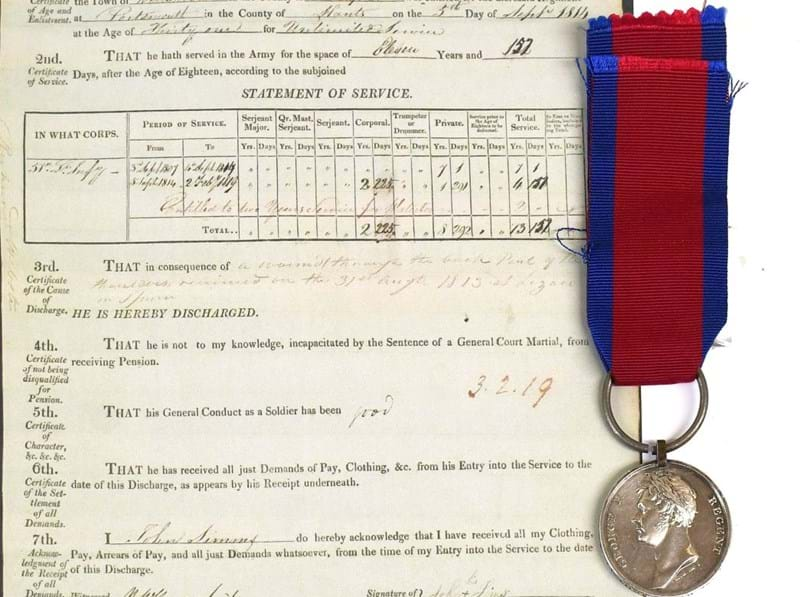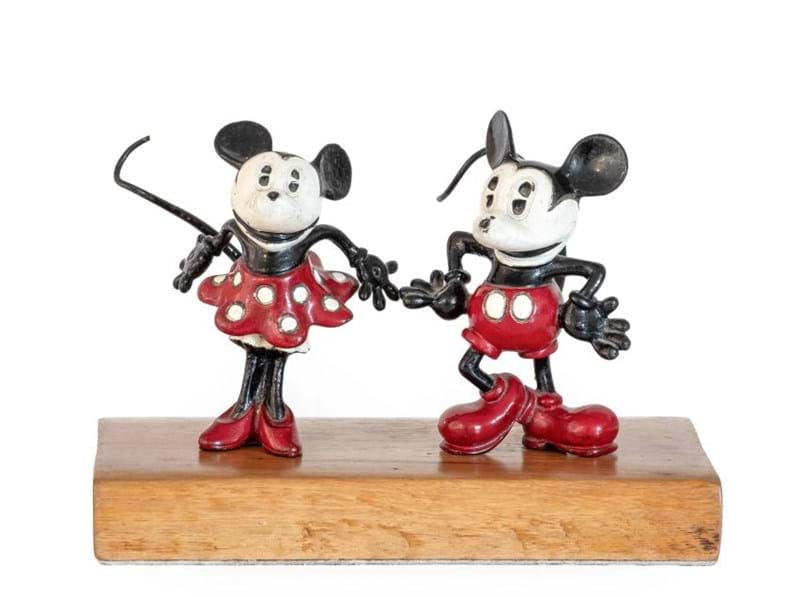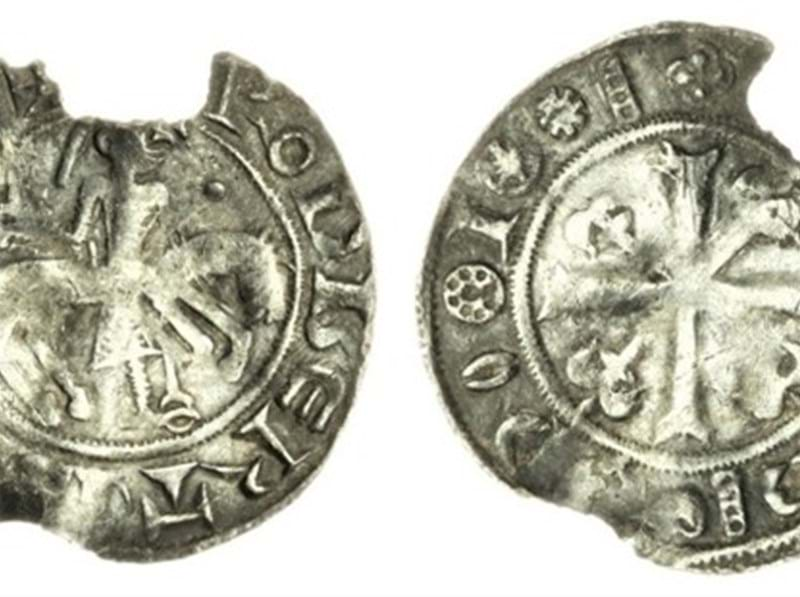The animal has been an inspiration to artists for centuries, with those working in silver and gold being no exception. By the 16th century, for example, it had become a common tradition for guilds and other organisations to offer their guests or visitors a drink from a willkommen pokal, literally a welcome cup. These cups were typically created in the form of animals which would have some relevance to the owner or organisation, for example as a heraldic beast. These vessels were made to represent a wide range of animals, including stags, swans, horses and unicorns and by the 19th century had become hugely sought after. Among the collectors who were seeking these cups were the Rothschild family, with Mayer Carl von Rothschild owning a cup in the form of a lion rampant. This cup was to remain in the Rothschild collections until 1966 when it was acquired by Baron Heinrich von Thyssen, eventually being sold at auction in 2011 for a staggering £420,000.
News & Insights
A Menagerie in Silver
The demand that was created by these 19th century collectors lead to an industry developing to produce pieces in an earlier style to satisfy the growing demand. A renowned centre of this production was Hanau, west of Frankurt in the German state of Hesse. A number of firms were established there who became famous exponents of the Historismus style, creating pieces influenced by historic styles and objects. The firm of Neresheimer produced innumerable animalier cups which would have felt familiar to the 16th century silversmiths who had pioneered their production. The items they produced were made to be exported throughout the world, including to the United Kingdom through their importer, Berthold Muller, who was based on Wardour Street in London and had a mark registered with the London assay office.
These later cups were really no longer used for their original purpose so inevitably their form, as well as their use, became strictly decorative, with again Neresheimer at the centre of their production. The model of a twelve point Royal stag which was sold in these salerooms in January 2022 was boldly cast and chased and, bar the fact that the head was not detachable, could easily have passed for a wilkommen pokal. Measuring some 49.5 cm high that example, which had the import mark of Berthold Muller and London marks for 1913, was to sell for £6,500, showing the enduring popularity of these incredibly decorative items.
Animal form items continued to be produced through the 20th century with a wonderful array of examples set to be offered in our 11th November Fine Jewellery, Watches and Silver Sale. The lots on offer include a stirrup-cup in the form of a snarling fox’s mask. Made by Asprey in 1959 it is realistically cast and chased and is estimated at £150-250. Other foxes in the sale include a cast model by A. E. Jones, marked for Birmingham, 1990 and a letter-opener by Charles S. Green, again marked for Birmingham, in this case for 1988. These are estimated at £250-350 and £120-180 respectively. Another example inspired by countryside pursuits is a pair of models of pheasants, each realistically cast and measuring 24.5cm long and slightly smaller. They are expected to bring between £400-600.
Perhaps the most exciting examples in the sale are five lots by the celebrated Zimbabwean silversmith Patrick Mavros. The firm traces its history back to the late 1970s when Mavros produced a pair of earrings for his wife. They were immediately popular with her friends and associates and so the couple was to commence production in earnest. The company continues to produce jewellery but is also very well known for creating animals, especially elephants and the other big game that Africa is known for. On offer will be a reaching bull elephant, £500-800; two bull elephants, mounted on one base, £400-600; a cheetah, £300-500; a buffalo bull, £400-600 and two giraffe, mounted on one base, £400-600.
To discuss selling silver at Tennants, please contact the Silver Department or submit an online valuation.

Jeffrey Lassaline
Silver and Objects of Vertu Specialist
+ 44 (0) 1969 623780
jeffrey.lassaline@tennants-ltd.co.uk
< Back to News
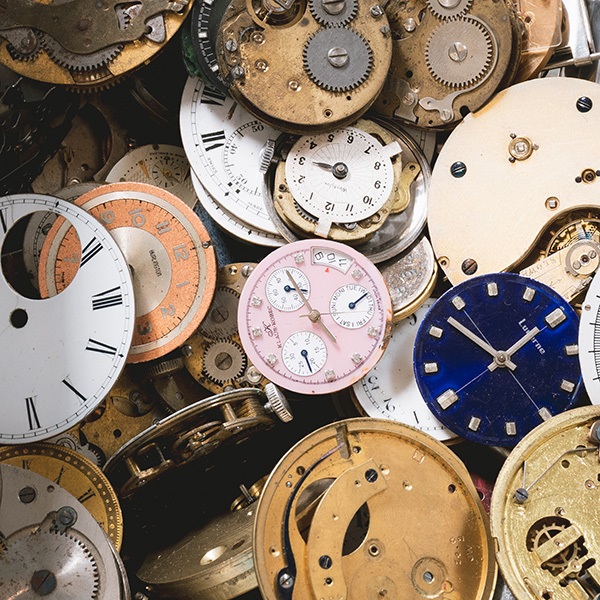
4th July 2025, 09:30
Plan your visit to our Leyburn Head Office and Salerooms, or our Harrogate and London Offices
Get your antiques and collectables valued by our team of specialists.


